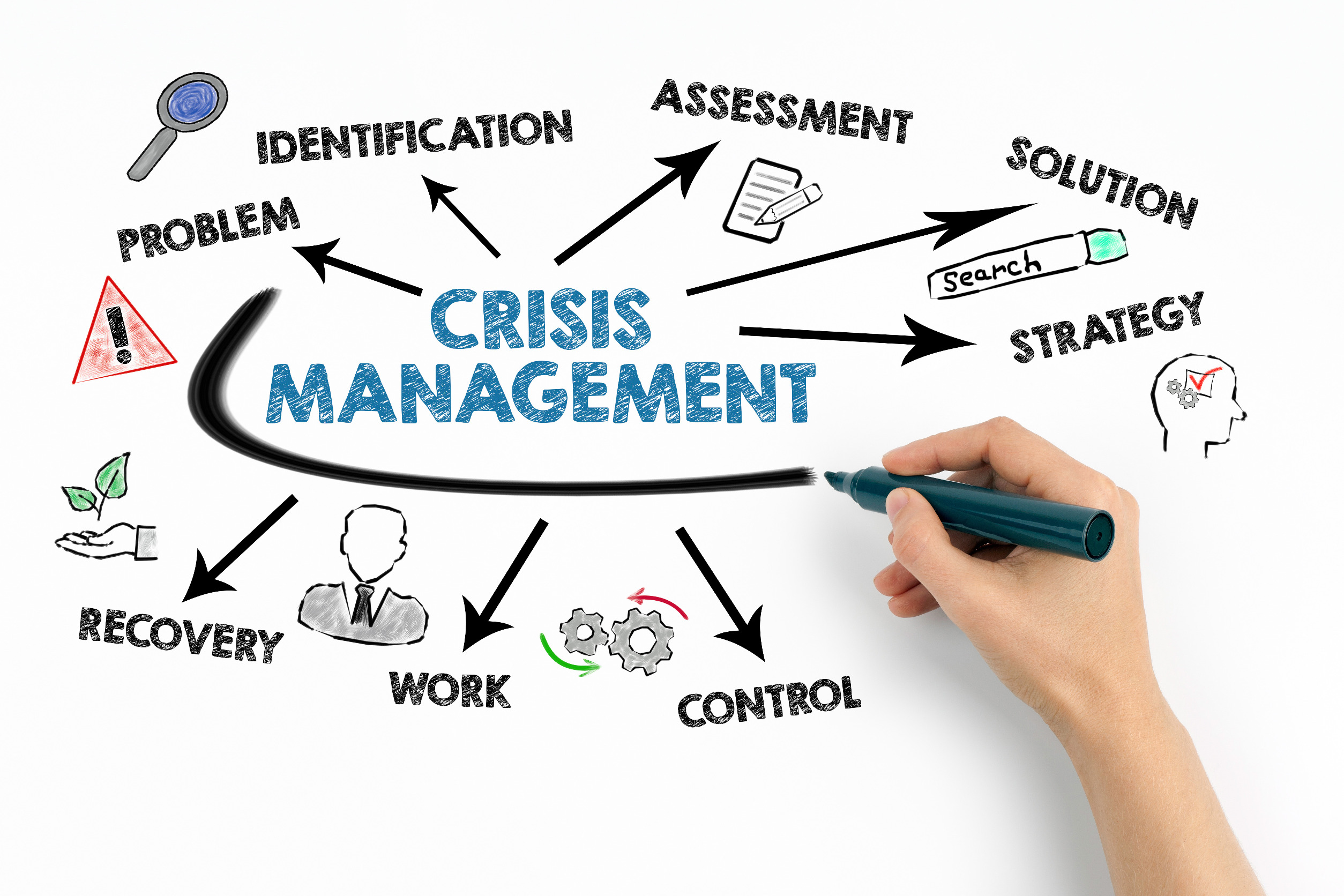Let’s start with something nearly everyone can agree with: Change fatigue is real and alive.
Even before the extreme turbulence of 2020, change was accelerating in nearly every industry and sector. Weariness was a real thing. People were saturated with portfolios of projects, programs, and initiatives that required them to change some way of working behavior.
(People) Change Management
It’s not enough to simply acknowledge that rapid and accelerating change is negatively impacting individuals and organizations. That’s obvious. It’s time to apply the science and find answers for why. It’s time for change management to be recognized as a unified practice, built heuristically — based on workability and experimentation.
Change management is a complex, specialized discipline blending business acumen with applied philosophy, psychology, emotional intelligence, neuroscience, and behavior economics. As a profession, we use our understanding of these and many other scientific disciplines and techniques to develop programs that encourage people and businesses to change their ways of working.
Change management veers more toward natural laws rather than the laws that define physical science. Fields of thought are divided into the knowable and unknowable. If something works, we don’t always need to know why it works.
Change Saturation
Staying with the theme of knowable and unknowable truths, we know change saturation is real, but causes can be nebulous.
Change saturation typically occurs because no one in the organization has a full view of the complete portfolio of change efforts underway. When a team focuses exclusively on its own challenges, it is often difficult to see how this set of changes may collide with other changes underway.
Change saturation can be broken down into two simple variables — change capacity and change disruption. This applies broadly to our lives in general, not just the department, division or enterprise we happen to work in.
Why is our bandwidth — capacity for change — so much smaller? It’s mostly because of the volume of disruption we’ve all seen across our lives. Solutions require being intentional about a full review of the portfolio of work awaiting us in 2021-22. We must have a willingness and the ability to look at it for what it is. I’m being very deliberate with my word choice here because the potential root causes lie therein. For further insight, let’s borrow from the Agile practice playbook:
Iterating Through Increments
This principle allows us to take everything new that we’ve learned or has changed. Then, we plan or re-plan the next increment of work, adding or removing tactics as applicable so that nothing is wasted or out-of-date.
Reduce Work in Progress
As we shift our focus toward incremental planning, it may be helpful to practice the Pareto Principle. Also called the 80/20 rule, this principle posits that 20% of our work will get us to 80% of the results we want. This shift will help us focus on getting more done and less started.
Planning Must Never End
One common fallacy has been to relegate planning only to the start of any new initiative. Work should be broken into small pieces, requiring that we re-plan after each new increment of work is finished. This is because the scope of change is continually impacted by preceding achievements. This iterative re-planning practice gives us a realistic and achievable path forward based on the increment of work just completed.
Maintain Balance
Ideally, everyone is allocating effort to change during the normal course of continuous improvement, but this requires a balance between business as usual and the changing of business. Both are necessary functions by people up and down the organization. Change requires targeted resource time and effort. It’s important to create visibility into the portfolio of projects facilitating change so that leaders can determine where to draw the line.
Motivate
If we ask people to create new ways of working, but only measure their contributions to existing ways of working, we have an obvious problem. We’ve all heard the basic management principle: You get more of what you reward and less of what you don’t. Change is hard and people must be motivated to change something they own and do — perhaps even something they have become good at. Are we rewarding new ways of working we want to see? If not, we shouldn’t be surprised if change is not occurring or not proceeding at an acceptable pace.
Identify What Won’t Be Done
I am a big fan of the MoSCoW method of prioritization, especially right now for any portfolio, workstream, iteration, or activity. This is an exercise that helps Identify what Must be done, what Should be done, what Could be Done, and what Won’t be done — with emphasis on the last part. According to Scrum Alliance, satisfied customers should be the guideposts for whether or not we refine or change existing products or services. In other words, there is no reason to waste time creating something the customer will not use. The concept of what Won’t be done should apply to workload, projects, programs, or portfolios.
Pivot After Reaching Each Destination
Destinations we initially envisioned at the start of our journey can sometimes shift. This can be due to changes in the work or business environment, not to mention politics or people. All can impact the journey. As the team marches along, it may be more helpful to think in terms of strategic objectives along the way. Perhaps we will need to intentionally repurpose, redevelop or enhance our vision. The next “destination” can be the fulcrum that allows the team to pivot along the winding path.
These are some of the techniques and concepts that can help combat change fatigue, but one final thought revolves around reemphasizing there is often a great deal of interdependency of ideas when scoping the ultimate vision for change. We cannot know all the variables we will encounter as the change journey proceeds, so it is best to plan for discovery, or even rediscovery before beginning each iteration of the change process.

























